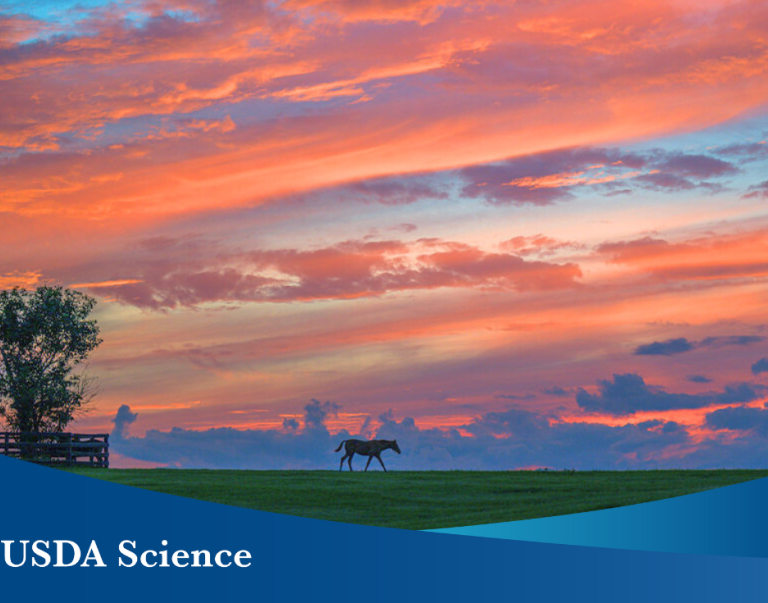WASHINGTON, May 13, 2021 – Secretary of the Interior Deb Haaland and Secretary of Agriculture Tom Vilsack today shared their vision for the Biden-Harris administration’s wildland fire preparedness and response, including supporting science and research into the effects of climate change on wildland fire.
Secretaries Haaland and Vilsack outlined their goals for wildland fire management in a joint memo to wildland fire leadership (PDF, 233 KB). Paramount to this issue is promoting climate resiliency across landscapes and communities, modernizing the firefighter workforce while creating good jobs, and protecting the safety and long-term wellbeing of our wildland firefighters and incident responders.
“With so little room for error, we must remain steadfast in our commitment to wildland fire preparedness, mitigation, and resilience. To do so, we must confront the reality that a changing climate is fueling these fire disasters,” said Interior Secretary Deb Haaland. “The Interior Department will continue to leverage our valuable partnerships with state and local governments, Tribes, and the private sector to address and mitigate wildfire risk.”
“We used to call it fire season, but wildland fires now extend throughout the entire year, burning hotter and growing more catastrophic in drier conditions due to climate change,” said Agriculture Secretary Tom Vilsack. “USDA will increase the resiliency of communities at risk for wildfire with more effective land management decisions and partnerships with local communities and Tribal Nations to address climate adaptation, conservation, and ecological resilience.”
The Secretaries received a virtual operational briefing today from wildland fire experts at the National Interagency Fire Center in Boise, Idaho, about the formidable challenges that lie ahead. With much of West seeing drought conditions worsen, fire experts are predicting an above average wildfire potential to continue to expand northward into the Great Basin, Rocky Mountains, and Pacific Northwest throughout the year.
The Biden-Harris administration previously announced the formation of an Interagency Working Group to address worsening drought conditions in the West and support farmers, Tribes, and communities impacted by ongoing water shortages.
The President’s American Jobs Plan aims to invest billions in forest restoration, hazardous fuels management and post-wildfire restoration activities across America’s national parks, forests and grasslands. The administration’s recently released America the Beautiful initiative also recognizes that restoring forests through collaborative, locally-led, incentive-based practices creates jobs and reduces the threat of catastrophic wildfire.
The combined resources for wildland fire response across the Department of the Interior’s land management agencies – including the Bureau of Indian Affairs, Bureau of Land Management, National Park Service, and U.S. Fish and Wildlife Service – and the Department of Agriculture’s U.S. Forest Service include 15,000 firefighters, more than 500 helicopters, 91 single engine airtankers or SEATs, up to 34 airtankers, 360 pieces of heavy equipment, and more than 1,600 engines.
In 2020, more than 10.3 million acres burned in the United States – a record year and more than 50 percent above the 10-year average for acres burned. From August through October, the most extreme conditions caused thousands of evacuations, homes and structures lost, and tragic fatalities of 11 people in Oregon and 34 people in California.
#
USDA is an equal opportunity provider, employer, and lender.


